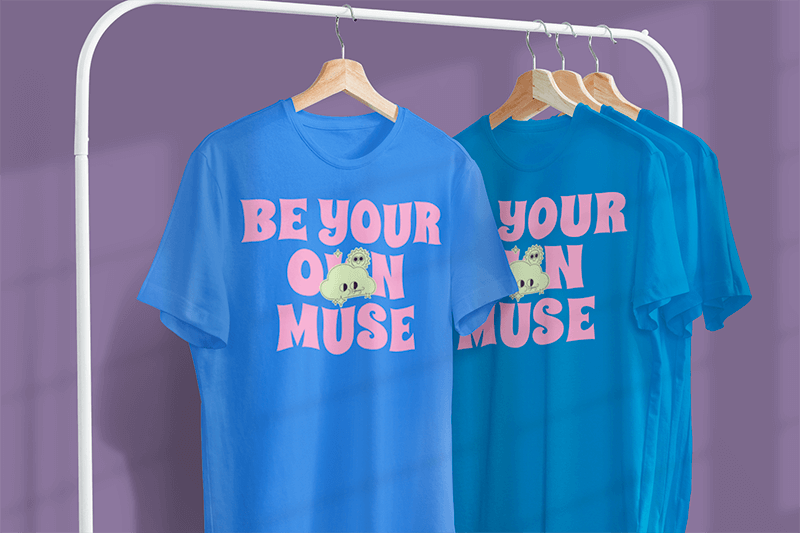Techniques of T-shirt Printing
Textile painting for t shirt design is a printing process in which paint is applied to a substrate through a mesh, except perhaps places blocked from the color by a jammer cover. A blade or ladle is slid over the screening to cover the paint-filled approach when working holes, and then a reverse stroke permits the screening to brush the base only along the contact surface for a short time. The ink moistures the surfaces and is forced out via the mesh holes as the shield turns back after the scalpel has traversed. Many panels could generate numerous cross images or arrangements since each tint is imprinted independently.
Sprinkle the adhesive paint solutions over the panels and draw the spongy-squeegee and around nets, pressing the solution towards the exposed portions of the screenings but not really to the architecture portions after laying a netting over the surface of the picture. Only after the process is done, the ink shall dry. While UV-inks, typically dry instantly when exposed to ultraviolet radiation, are frequently used in silkscreened, the solutions are usually flash roasted at high temperatures.
Types of T-shirt Design Printing
Transfer Clothing Printing:
Another process appears to be used from photo paper. This is a one-of-a-kind substance that may be obtained in shops or at specialty stores. Various domestic printers may be used to imprint the pattern into a photo plate, which can then apply to the cloth using the conventional steam press.
Screen Cloth Printing:

In the business environment, silkscreen printmaking is much frequently used. In this way of imprinting, the graphic pattern was made utilizing the stencil and polyamide-meshes. The areas where the pattern should appear will be jammed off with an impermeable cloth, and those areas will be swamped with color pigments.
Stamp Cloth printing:
This process is relatively self-explanatory. The stamping is made for t-shirt design, and then the cloth is impressed with that too. The design is split into imprints, which are then soaked in painting, much like the print-sheet chips are used to play with as a youth. The pattern is then transferred with sufficient pressure from the pad to the fabric.
Sublimation by Dye:
This multi-step strategy gives some of the best outcomes of any clothes printing method. Dye sublimation fabric, a form of heat transfer substance, is used to generate patterns. The sheets are used to imprint the pattern onto the cloth. To utilize both pressure and temperature, the pigments are attached to the molecule’s fibers, maintaining the fabric as pliable as before it had been stamped on.
Conclusion
T-shirt Design makes it simple to communicate photos on any material, and it solves the problem of graphics deteriorating after several washing. T-shirts with graphics are an excellent method to promote a company. A custom t-shirt design might be significantly more appealing and profitable than a typical snapshot or graphic.

